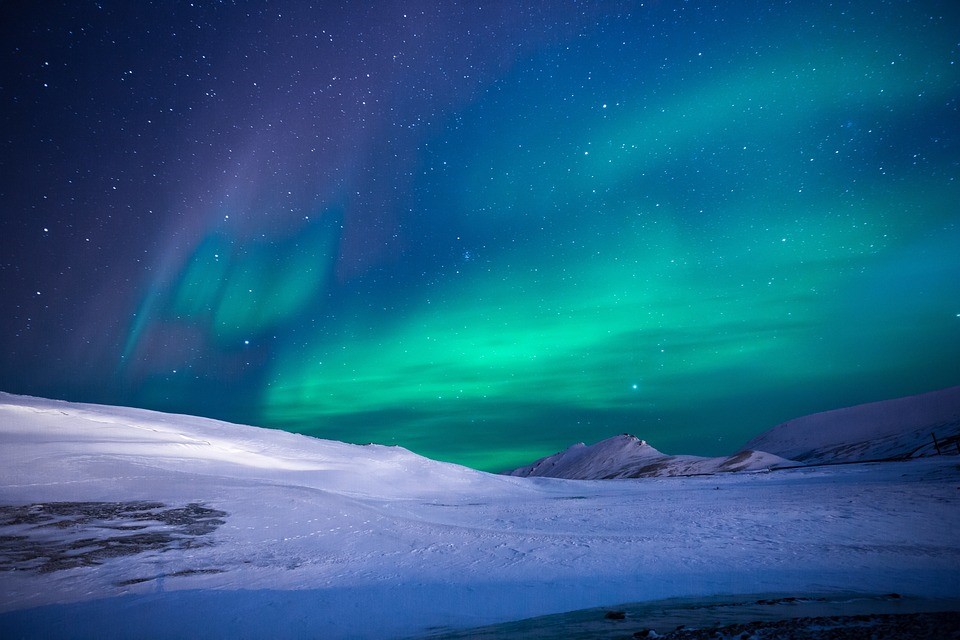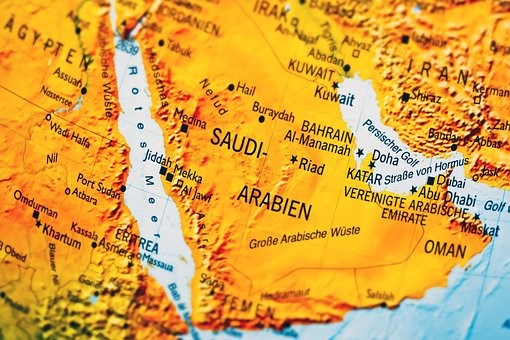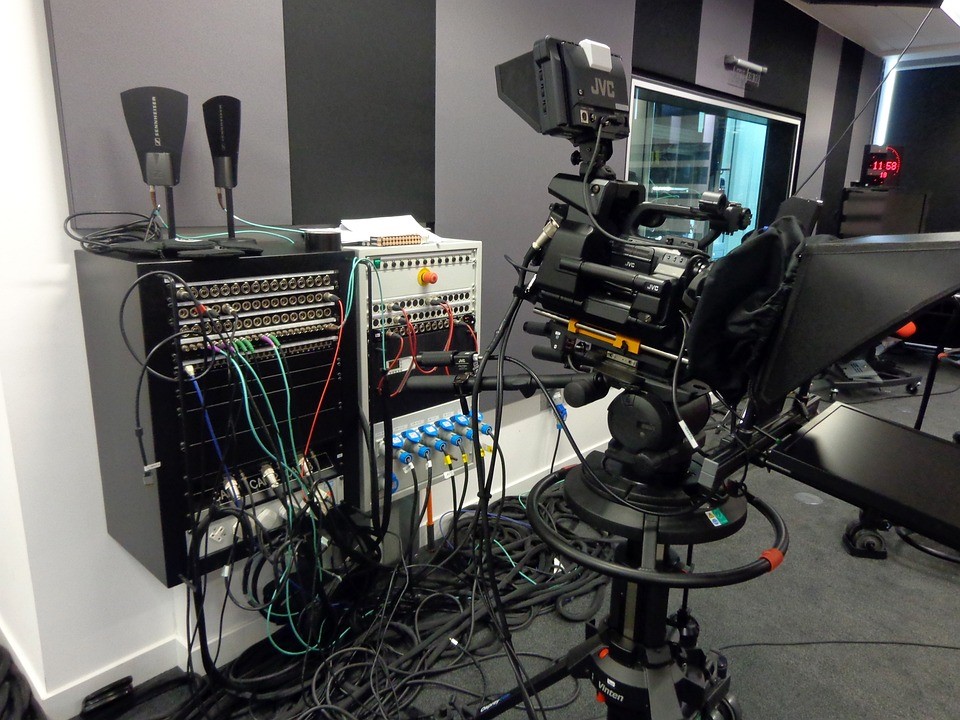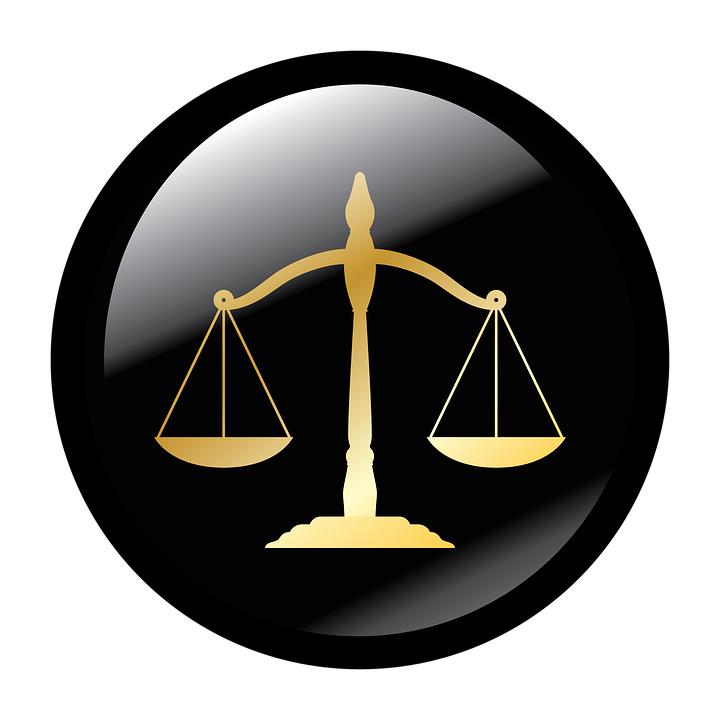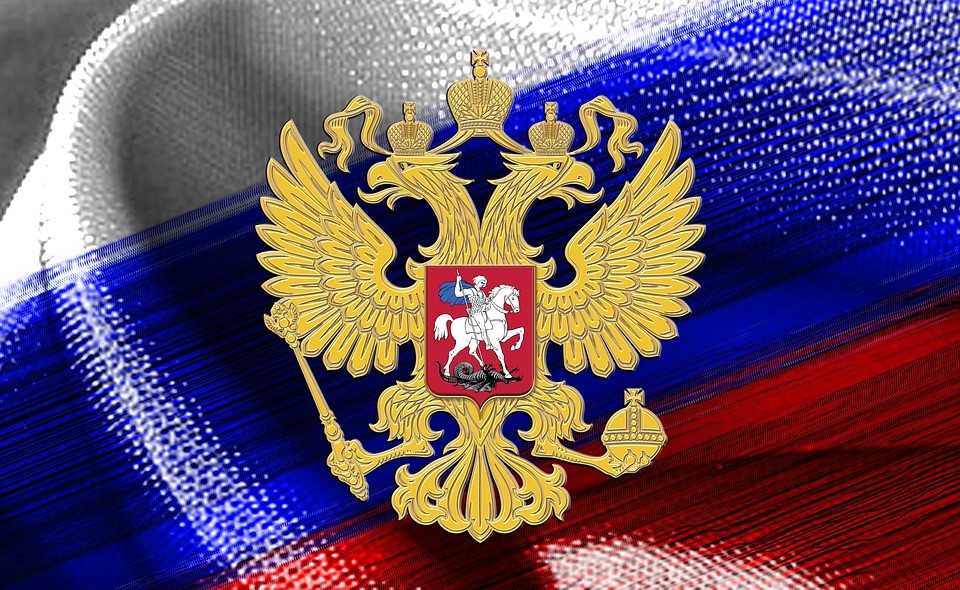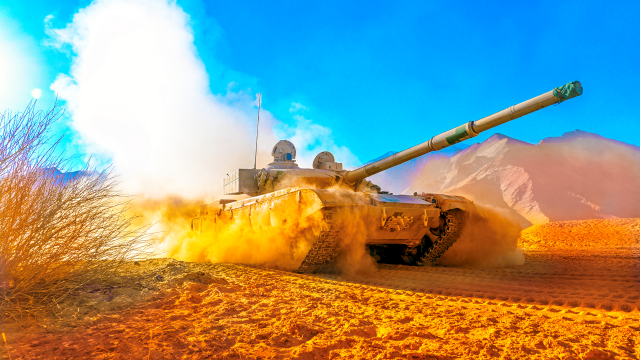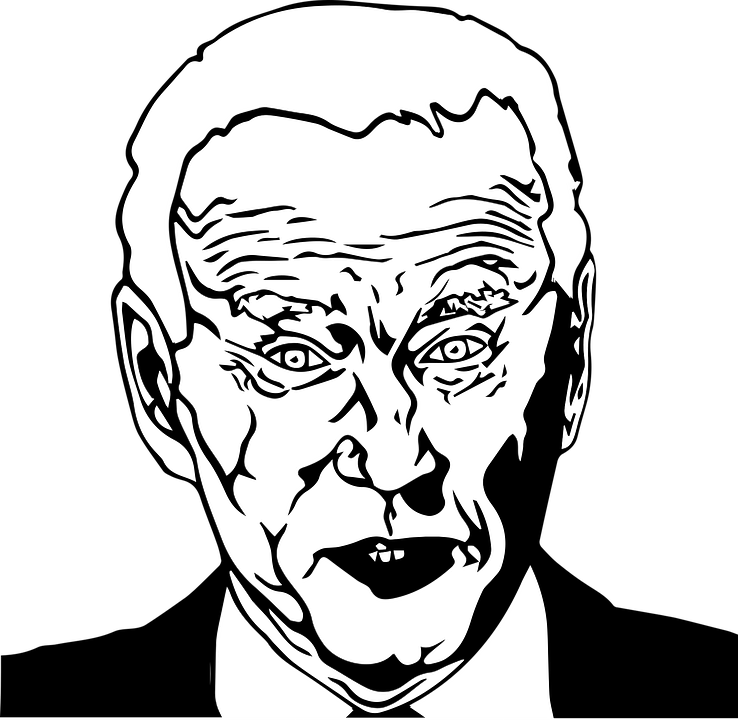The Cold War may be heating up in the Arctic as China seizes the opportunity to take on a larger role with Russian fighting in Ukraine entering its second year. Since the start of the Covid pandemic, the Arctic Council has suspended its in-person meetings. Now with Russia about to rotate out of the chairmanship position on the Council, there is a renewed effort by China to occupy a more prominent spot in decisions over the future of the region. At the recent China-Russia Summit President Xi Jinping announced the establishment of a joint Chinese-Russian Working Group to evaluate development in the region along a new, proposed Northern Sea Route (NSR).
China experts from the Jamestown Foundation, speaking at a webinar on the China-Russia relations on Wednesday, concurred that the Xi-Putin bond is strong but not without its issues. The point out that in a reversal of roles occurring over the last three decades, China has emerged as the stronger and more dominant partner. China appears confident and aggressive in its foreign relations approach toward its ally. Recent Russian attempts to maneuver China into signing additional contracts to purchase Russia failed, leaving Moscow both surprised and concerned. Paul Goble, of the Jamestown Foundation, suggest that the Russian Federation believes China is now in a position to “elbow Russia aside not only along the NSR but across the Arctic more generally.” He says that one Russian observer on the “Captain Arctic” Telegram channel warns that “Putin’s misguided move has given Xi ‘the keys’ to the Arctic and pushed Russia into a minefield, where an area that Moscow had always viewed as exclusively its own will now be subject to negotiations with a foreign power.”
In 2018 China began defining itself publicly as a “near-Arctic nation” and pressed for a more prominent position. Economically and geo-strategically China intends to play a larger role in the resource-rich region. In July 2020 the Eurasia Daily Monitor reported that China was building a number of icebreakers, ice-capable ships, and promoting “Chinese development of infrastructure in those northern portions of Russia where an increasingly hard-pressed Moscow could not afford to do so,” says Goble. What is new over the last year is that Putin has not received anything from China in return for Moscow’s willingness to include China in the joint development of the NSR. Goble argues this represents a major turning point in the bilateral relationship and a strong indicator of Russia’s growing weakness in the Arctic.
Putin needs China’s short-term help, although some analysts in Moscow suggest that the Russian leader is being overconfident. Xi and the CCP leadership fully recognize Russia’s position and can until Russia is forced to sell gas to China at a deep discount. Goble argues that Putin has mixed this issue in with the development of the NSR, and the result is it now “represents a far more serious and, from Russia’s point of view, negative development.” He adds that Beijing is not concerned only with the NSR, according to Chinese officials. Nakanune.ru suggests in an article this week that China merely wants a voice in the Arctic and in the development of areas of Russia adjoining China. These are areas that Moscow has long assumed to be its own by right.
Vasily Koltashov, an expert at Moscow’s Plekhanov University of Economics, argues that Beijing would make investments that Russia needs without challenging Moscow’s position if Putin can control Xi. The risk, according to Koltashov is that, if Moscow’s own position deteriorates further or if the Kremlin fails to manage the situation well, China will exploit the circumstances and Russia will be “transformed into the periphery of China,” an outcome Putin clearly does not desire but may be unable to prevent. Russian analyst Igor Yushkov of Moscow’s Financial University, argues that what happened at the summit shows that Xi Jinping is thinking in more expansive terms than Russia, focusing on the Arctic as a whole rather than simply the NSR. In recent months, Goble points out, Russia has sought to create an alternative to the Arctic Council, one involving China and other Asian countries to make it less of a target for Western boycotts. “Not accidentally, this group played a key role at a meeting in Yakutsk of Arctic researchers that took place during the same week as the Putin-Xi meeting,” he adds. The Russian publication, Nezavisimaya Gazette, reports that this is yet another indication of Russia’s turn to the East as far as the Arctic is concerned and Beijing’s exploitation of Moscow’s move, especially when it comes to programs and policies affecting the region. Xi Jinping may not own the “keys to the Arctic” today, but there are indications that the balance of power in the region is shifting in favor of Beijing. Goble says this “could have the potential of leading some who fear the rise of China relative to Russia to go public and exploit long-standing Russian fears that Beijing is planning to absorb parts of the Russian Federation.”
Daria served in the U.S. State Dept.
